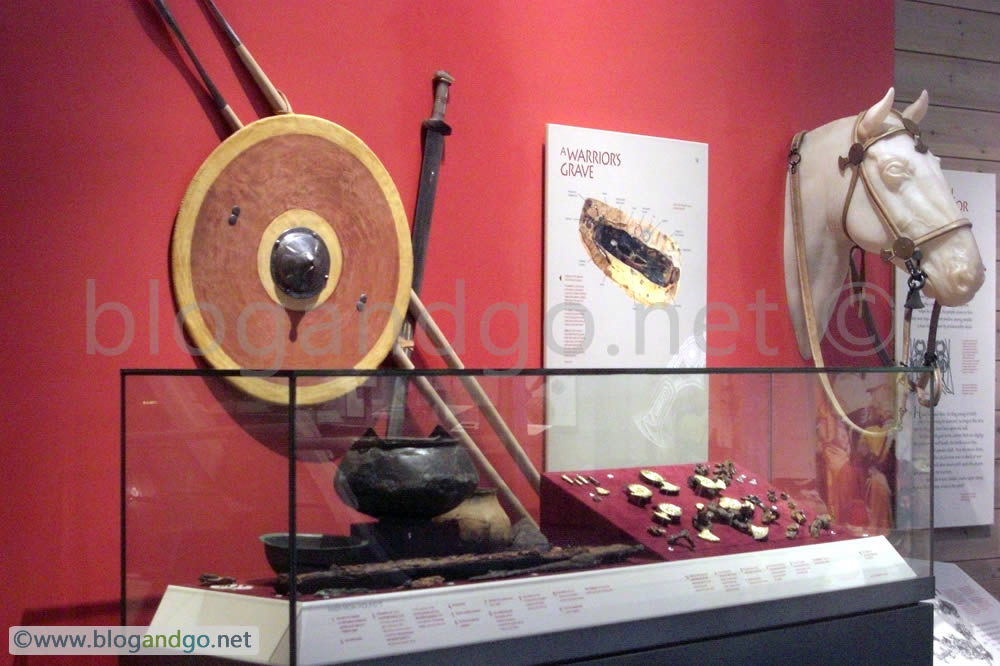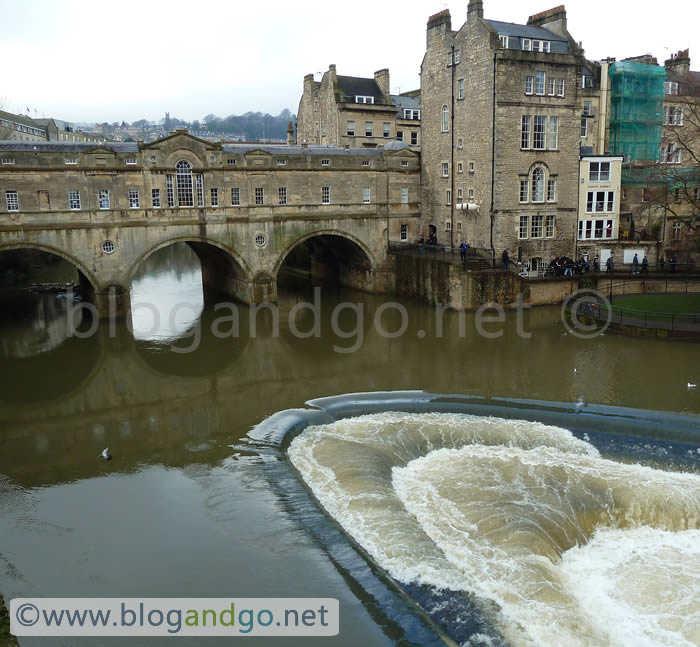Sutton Hoo visitor centre
In school in the North West of England I remember being taught about Sutton Hoo, a field in the East of England where some treasure was found, but the significance was lost upon me; and the Saxons as far as I can remember were never taught as an interesting time in history as this was part of the so called Dark Ages. A teacher from my early years once described this as being a time that we don't know much about because it came after the fall of the (Western) Roman Empire, a time which comparatively had an abundance of records. That was certainly the view at one time, a judgement that sees classical antiquity as the 'light', but the fact is that records do exist. Scholars have found many records of what happened in the time after the fall of the Roman Empire; it wasn't a universal age where written records did not exist, and a so called 'dark age' should also be mentioned alongside a particular geography as the Abbasid Caliphate was experiencing a Golden Age whilst in England the term might apply due to the collapse in society following Roman exit. Despite collapse, writings do exist from this time though they do sometimes have a religious perspective, The Venerable Bede being one such author, though his time came around the 9th century.
Anyway, as now live in the East if England I came across signs to Sutton Hoo when cycling the Suffolk roads and I made a mental not to visit. Some years later I did; and saw the mounds of this extravagant graveyard for nobility.
There are around eighteen burial mounds within the Royal Burial Ground. Many have been so eroded over the centuries that it is hard to know exactly how many there were and many were robbed. The mound that made Sutton Hoo so famous only narrowly missed being looted by grave robbers as their attempt can be seen falling short by just a few meters.
The burials date to the seventh-century AD. The people buried here left no written records (those dark ages again), so it is impossible to know exactly who they were, but historians strongly suspect that Sutton Hoo was the cemetery for the royal dynasty of East Anglia, the Wuffingas, who claimed descent from the god Woden.
The mounds were robbed largely in the Tudor period, and much of what was there was lost, but two mounds escaped this fate - the Great Ship Burial or King's Mound One and the Horseman's Mound.































